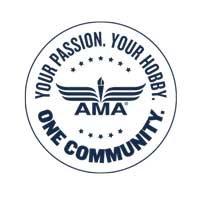Just began learning a bit on the Real Flight 9 sim. Hope to buy my first plane in a month or so (when winter ends) and learn to fly at a nearby club. Owned a Cherokee 180 for 10 years and wondering if this Cherokee would make a good first plane/trainer? Was considering the Mini Apprentice, but this model really has some sentimental appeal.
Thanks
Thanks







.jpg)

Comment